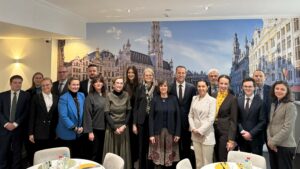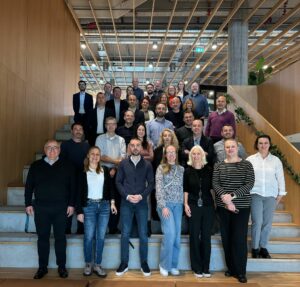(Source: MIA News Agency)
Skopje, 9 February – You were in Skopje on the occasion of the meeting of the Network of Railway Infrastructure Managers of the Western Balkans and the 11th Technical Committee for Railways of the Transport Community. What should these meetings result in and what will be the focus of future action?
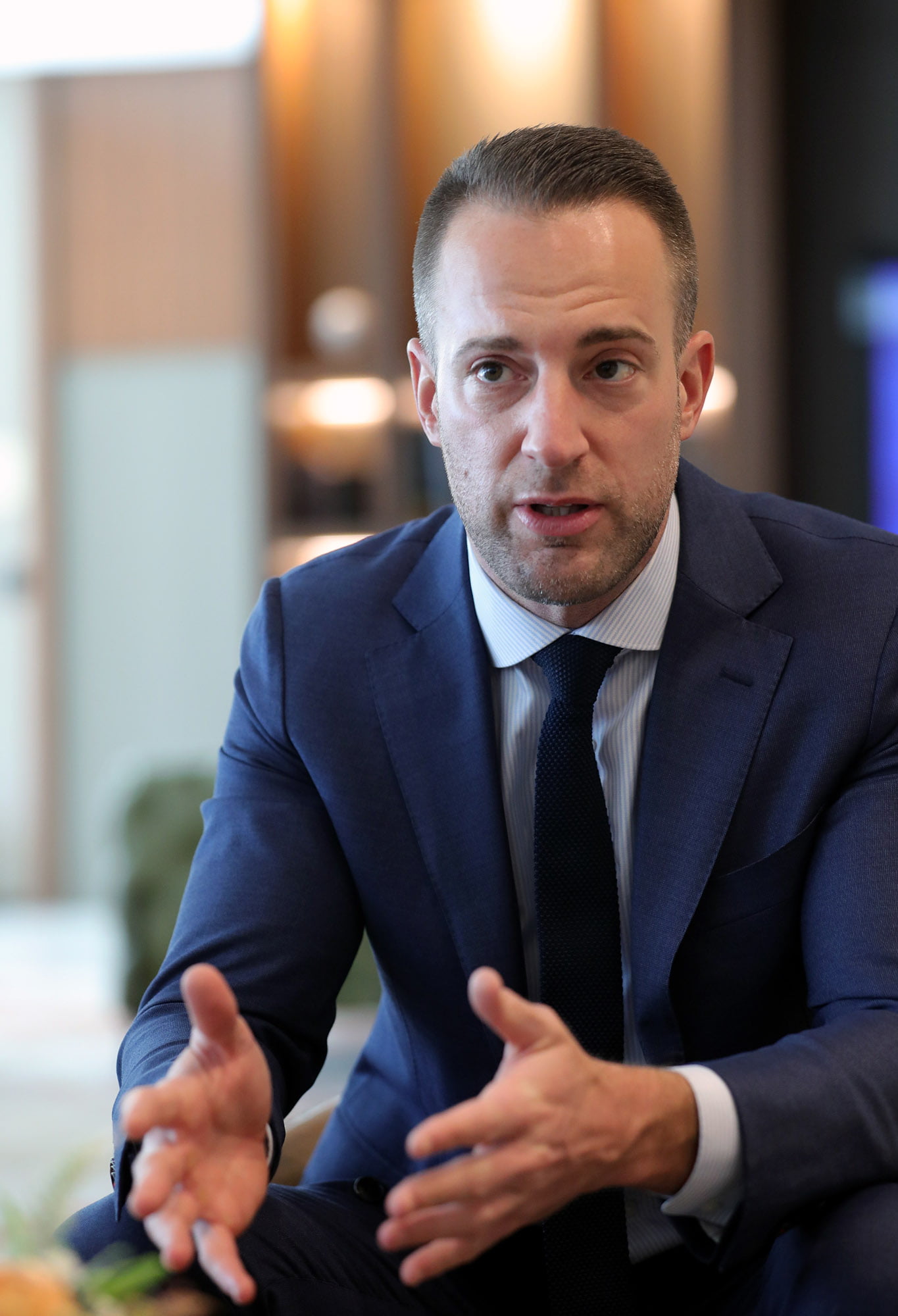 At the 2021 Western Balkans Rail Summit in Belgrade, all railway infrastructure managers of the region signed an agreement to establish the Rail Infrastructure Managers Network for regular coordination and experience sharing. Last week, they all met in Skopje for the first time for discussions on how to develop regional rail infrastructure according to EU standards, re-establish rail passenger transport and reduce waiting times at borders. The entire Western Balkans’ rail network of approximately 7,700 km should be integrated into one modern and efficient regional network that will connect our citizens to Europe and beyond. I am glad that the entire region is committed to this goal and that in North Macedonia we can count on excellent cooperation with Minister Bocvarski and his team. I would like to congratulate the Macedonian Railways Director, Dr Lokvenec who was elected as the first Chair of the Rail Infrastructure Managers Network of the Western Balkans and we hope that the new regional railway history has started to be written here in Skopje.
At the 2021 Western Balkans Rail Summit in Belgrade, all railway infrastructure managers of the region signed an agreement to establish the Rail Infrastructure Managers Network for regular coordination and experience sharing. Last week, they all met in Skopje for the first time for discussions on how to develop regional rail infrastructure according to EU standards, re-establish rail passenger transport and reduce waiting times at borders. The entire Western Balkans’ rail network of approximately 7,700 km should be integrated into one modern and efficient regional network that will connect our citizens to Europe and beyond. I am glad that the entire region is committed to this goal and that in North Macedonia we can count on excellent cooperation with Minister Bocvarski and his team. I would like to congratulate the Macedonian Railways Director, Dr Lokvenec who was elected as the first Chair of the Rail Infrastructure Managers Network of the Western Balkans and we hope that the new regional railway history has started to be written here in Skopje.
How far has North Macedonia progressed in fulfilling the reforms and adjusting the domestic with the EU legislation, as well as fulfilling the standards of the European transport network?
At the moment, the key step is adoption and later implementation of the new Law on Railway, prepared by the Ministry of Transport and Communication. Its main novelty is that public railway infrastructure can be used by the private railway undertakings. Opening of the rail market will attract new services providers, and hopefully create ways for people to travel cheaper and more environmentally friendly, while businesses will be able to operate with greater economic benefits and reduced costs. In practice, this would mean that Skopje should be connected by modern train to neigbouring countries and your citizens can enjoy a day of shopping in Thessaloniki or a quick visit to Belgrade. Cooperation among regional partners is essential to achieve these goals and I am pleased that there is a region-wide political understanding of the importance of rail, which was expressed at the Rail Summit in Belgrade last year, when Ministers in charge of transport endorsed the Dedication to Rail. Macedonian Ministry of Transport and Communication is dedicated to this goal and with EU’s assistance, I am confident that the future of Macedonian and regional rail is indeed on tracks.
How do you assess the condition of the railway infrastructure in the country, the speed and safety of the traffic, the vehicle fleet?
In North Macedonia, the speed and availability of trains needs to be improved. Belgrade – Skopje rail line is now in worse condition due to lack of maintenance and investments in the last 30 years. Railways in North Macedonia should be restored and used much more often by passengers and for cargo transport.
Renovations are either ongoing or planned on key sections along Pan-European Corridors VIII and X, rail routes which make North Macedonia a crucial transport hub. On one hand, Corridor X is your gateway to the rest of EU, while Corridor VIII is a key point in connecting the Black and Adriatic Seas. Parts of Corridor X has already been rehabilitated with the EU support, but not along the entire section passing through your country. Railway line to Greece has been rehabilitated and speeds increased to 100km/h, but there is no traffic. Investments in infrastructure to increase speed of trains are essential, but they need to go hand-in-hand with regular maintenance of the railway network, to ensure safety of passengers. This is why procurement of new cargo and passenger wagons thanks to a loan from the European Bank for Reconstruction and Development, was a welcome step to reduce maintenance costs.
We are witnesses that the projects for construction and development of the railway infrastructure in the country are very slow. What should we do to intensify the activities but also to get more financial support?
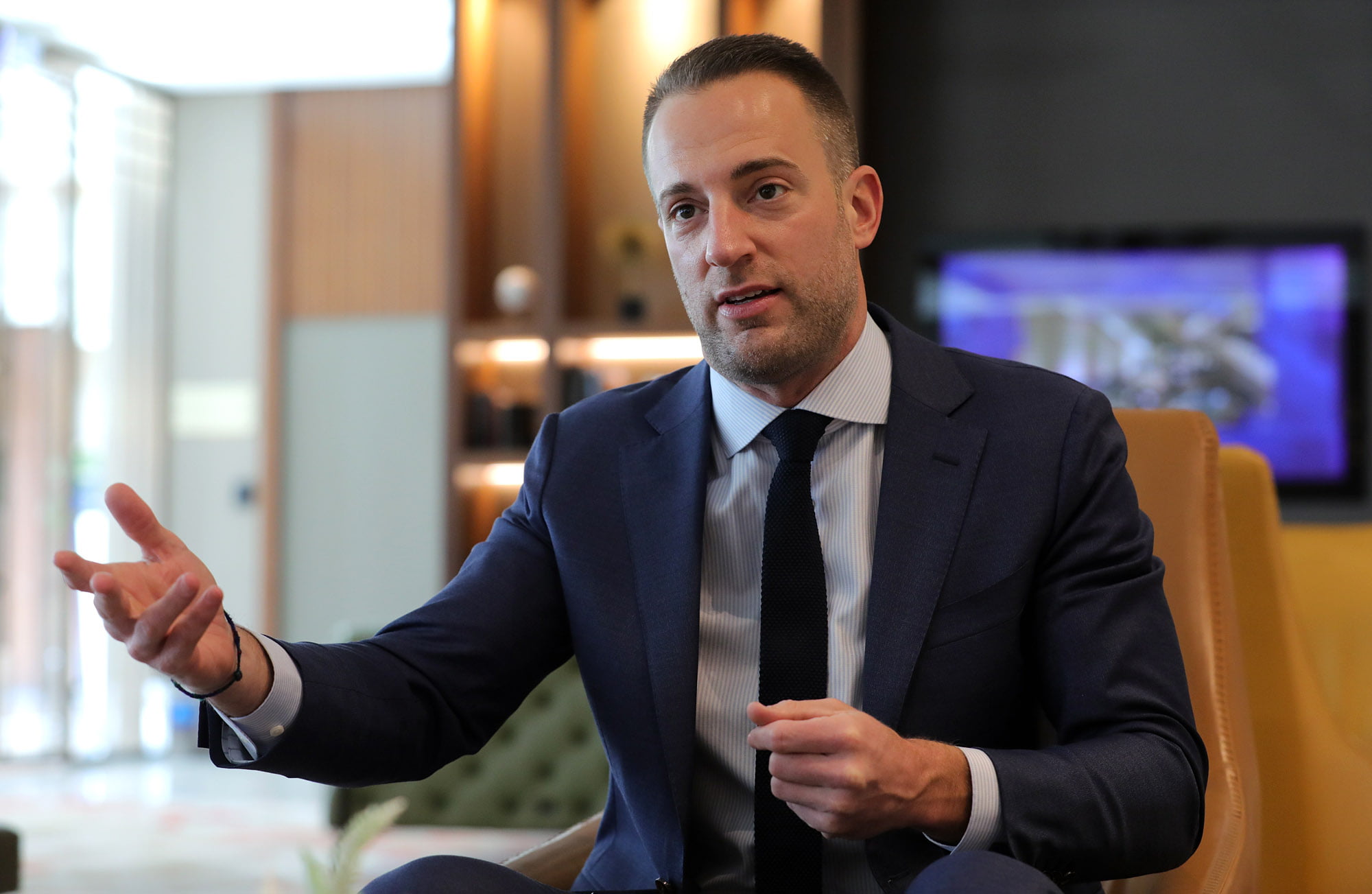 It is encouraging to see political will to move forward with plans to complete rail Corridor VIII, which comprises 88km of railway running across the North-Eastern region of North Macedonia. When completed, this railway line will make it possible to travel to Sofia from Skopje by train in 3,5 hours. Last year’s Memorandum of Cooperation on the construction of sustainable infrastructure, which North Macedonia signed with Albania and Bulgaria, is a sign of clear commitment to finalise Corridor VIII with the EU’s support by 2030. I also have to mention this year’s Memorandum of Understanding signed with Bulgaria to complete the priority section, eastern part of Corridor VIII, where works are ongoing on the section from Kumanovo to Bulgarian border. The section between Skopje and the Bulgarian border, has been identified as one of key projects of the European Commission’s Economic and Investment Plan for the Western Balkans as part of Flagship 1 “Connecting East to West”. Funding opportunities exist, there is political will to move forward and I hope that renovations will restart on those sections where they have been paused for various reasons. I am sure that Macedonians will soon see benefits of economic development and reduced emissions, thanks to improved rail links with Bulgaria.
It is encouraging to see political will to move forward with plans to complete rail Corridor VIII, which comprises 88km of railway running across the North-Eastern region of North Macedonia. When completed, this railway line will make it possible to travel to Sofia from Skopje by train in 3,5 hours. Last year’s Memorandum of Cooperation on the construction of sustainable infrastructure, which North Macedonia signed with Albania and Bulgaria, is a sign of clear commitment to finalise Corridor VIII with the EU’s support by 2030. I also have to mention this year’s Memorandum of Understanding signed with Bulgaria to complete the priority section, eastern part of Corridor VIII, where works are ongoing on the section from Kumanovo to Bulgarian border. The section between Skopje and the Bulgarian border, has been identified as one of key projects of the European Commission’s Economic and Investment Plan for the Western Balkans as part of Flagship 1 “Connecting East to West”. Funding opportunities exist, there is political will to move forward and I hope that renovations will restart on those sections where they have been paused for various reasons. I am sure that Macedonians will soon see benefits of economic development and reduced emissions, thanks to improved rail links with Bulgaria.
What can be improved in terms of ensuring the sustainability of the existing infrastructure and increasing safety, given the not-so-rare cases of accidents, especially at crossings, and what activities are planned in that direction?
As mentioned before, our joint efforts to improve rail infrastructure in North Macedonia, should not focus only on infrastructure. Existing and new infrastructure needs to be properly maintained to increase safety and avoid accidents. Level crossings, intersections of roads and railways, are one of the most sensitive points in inland traffic. Around 55% of all the accidents on level crossings are fatal or severe. Transport Community together with all regional partners and with support of the EU mapped the 30 most critical level crossings in North Macedonia and is working to increase their safety by improving infrastructure and training the staff. This will be followed by a region-wide public awareness-raising campaign to warn our citizens about the dangers of level crossings, the need to properly mark them and what traffic rules need to be followed when driving across these intersections. In general, safety of all transport modes is our prioritity. The last time I visited Skopje, we organised a road safety conference together with Minister Bochvarski and the Minister of Internal Affairs Mr Spasovski to discuss road safety issues with leading experts in this field. We highlighted the importance of a holistic approach to road safety and called for improvements in the design of roads and vehicles, better laws and law enforcement and provision of timely, life-saving emergency care for injured.
Last year was dedicated to the railway and a number of activities were directed in that direction. Where will the focus of the Transport Community be this year and what activities are planned to be implemented?
(Photos: Courtesy of MIA News Agency)

